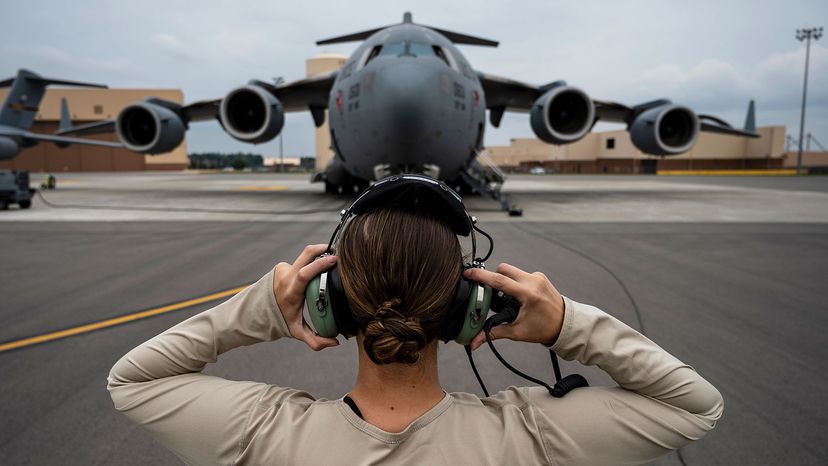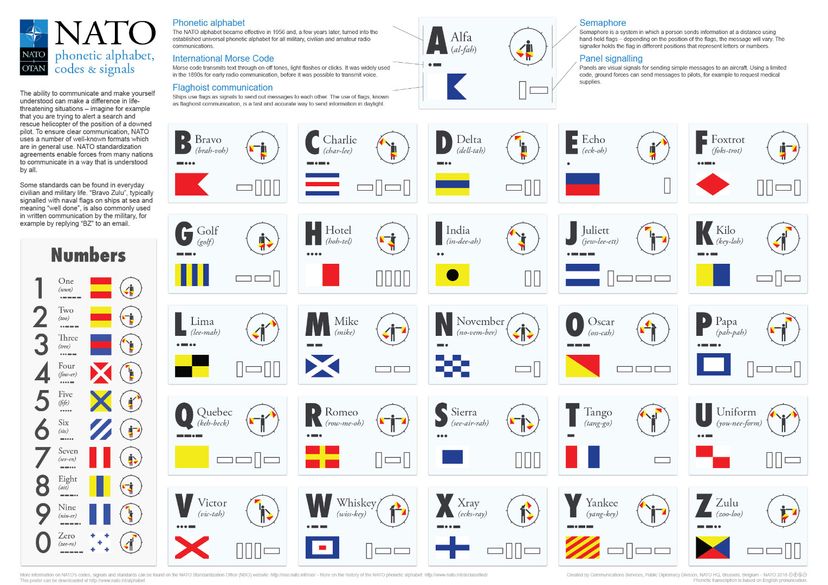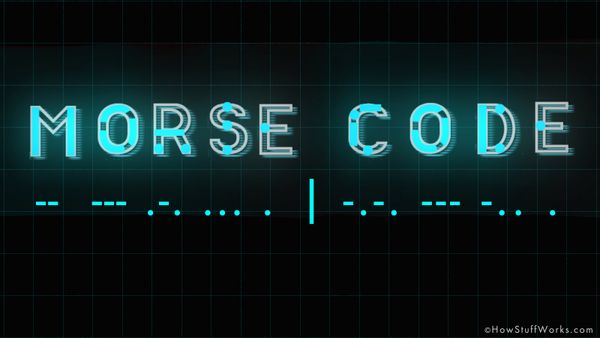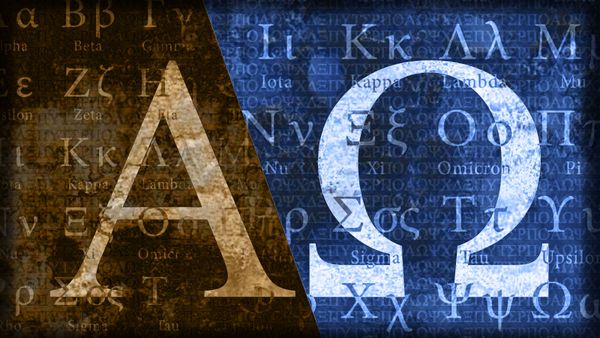
You've probably heard the phonetic alphabet before in movies, especially war movies. A crackle comes over someone's radio and a voice cuts through the static: "Alfa Bravo, this is Foxtrot Victor. Report your position. Over."
The characters are using what is commonly referred to as the NATO phonetic alphabet (also the military alphabet, the radio alphabet and a few other names, although more on that later), in which each letter is assigned a full word.
Advertisement
This may seem entirely unnecessary — why not just say A instead of Alfa? But think back to that scene: the static of the two-way radio, maybe the sounds of gunfire or air raids, maybe other soldiers barking orders and answering. Now imagine trying to get a clear message through that radio with all that noise.


